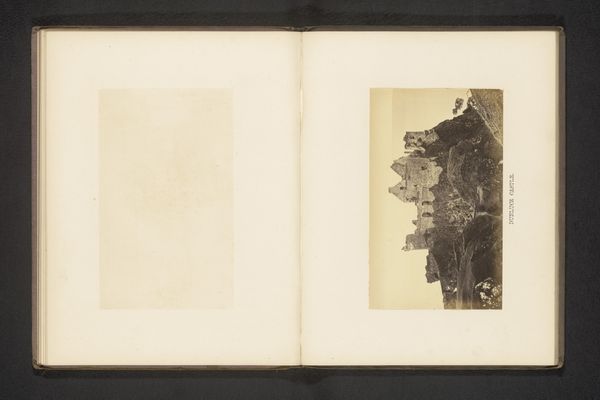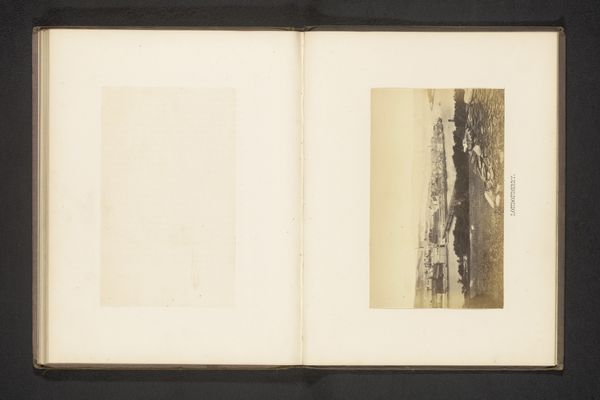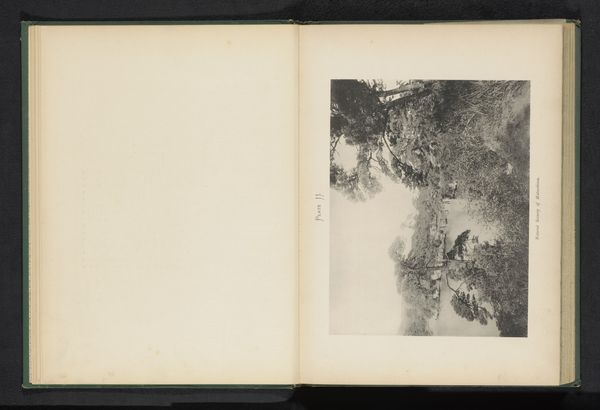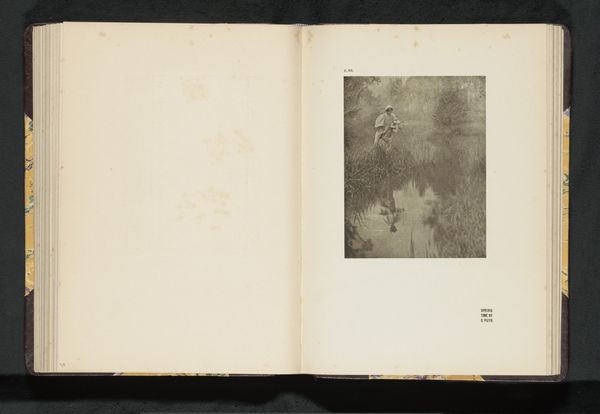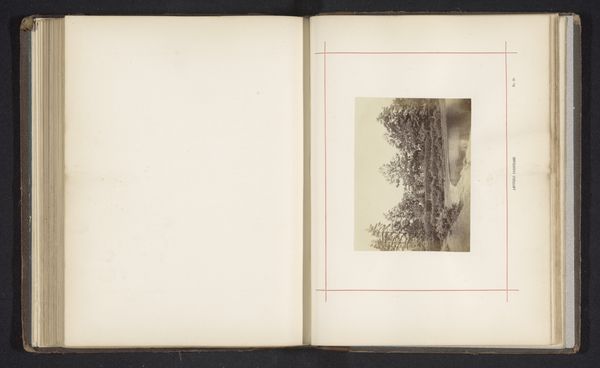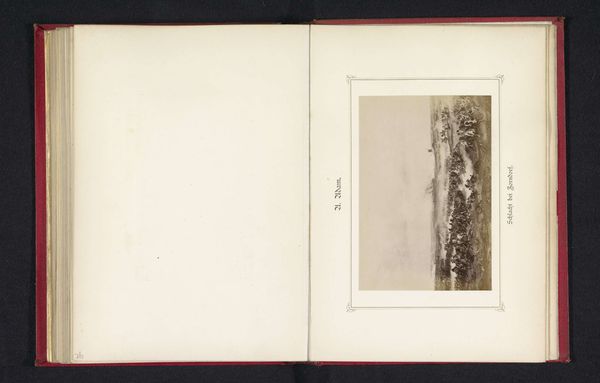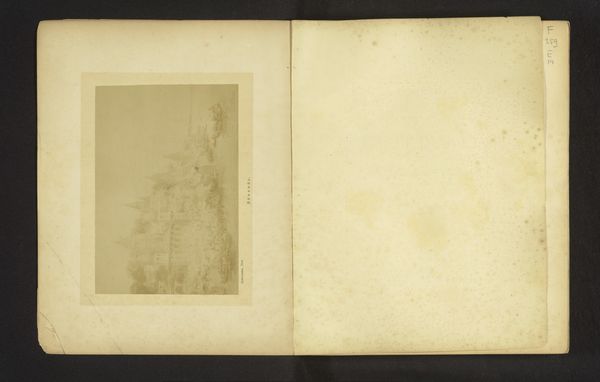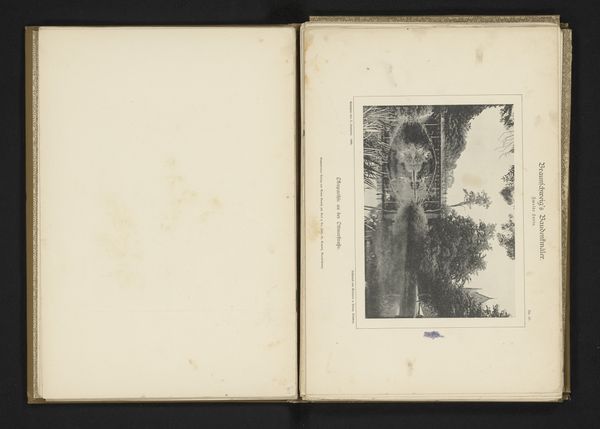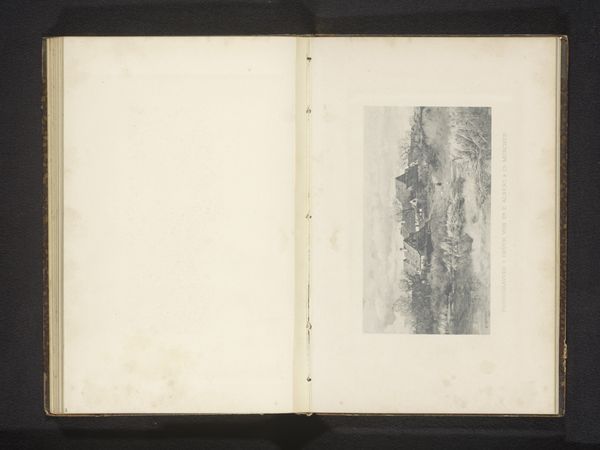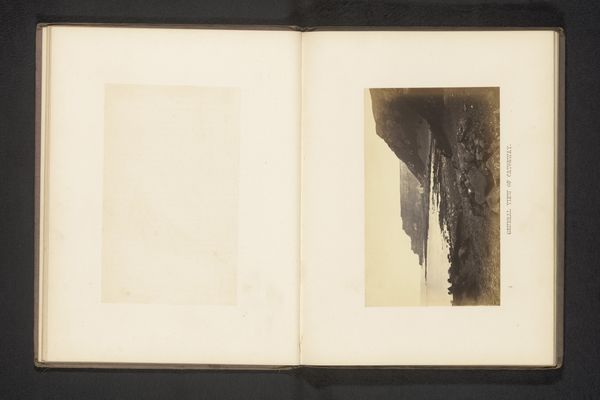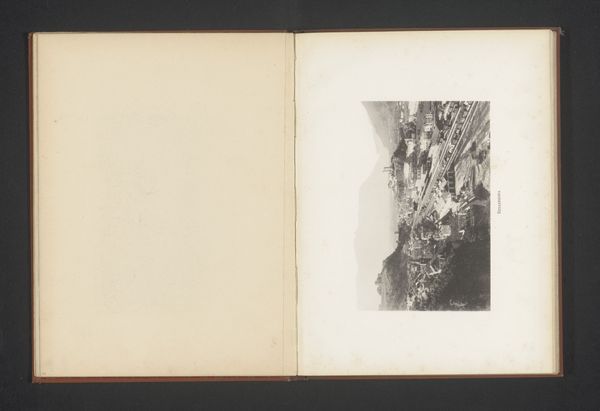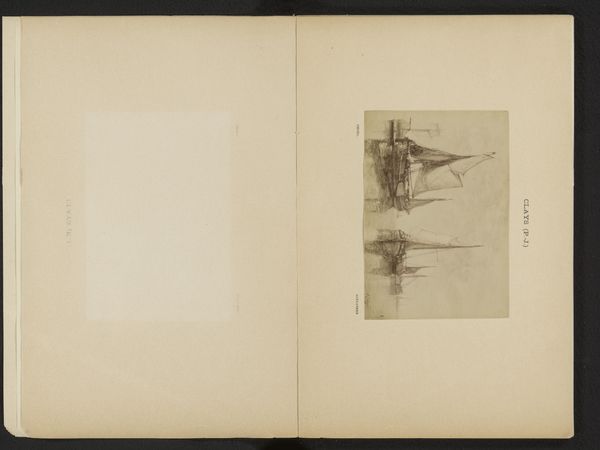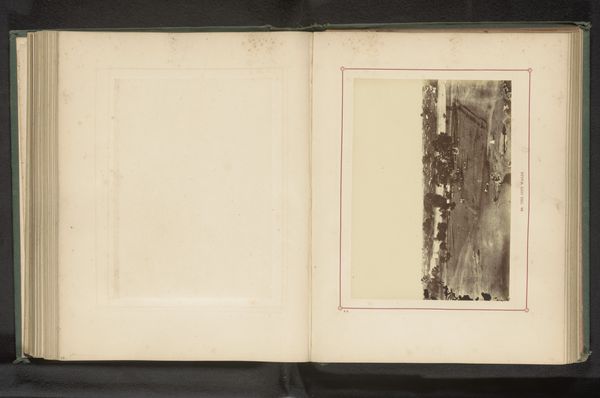
photography
#
landscape
#
photography
Dimensions: height 196 mm, width 254 mm
Copyright: Rijks Museum: Open Domain
This photograph of the Satake-no-Niwa garden was taken in Tokyo by Kazumasa Ogawa, sometime in the late 19th or early 20th century. As a photogravure, it involved both skilled handcraft and industrial processes. Ogawa was a pioneer in this technique, using etched copper plates to create a high-quality print with a wide tonal range. The materiality of the image is critical; the ink sits slightly raised on the paper, giving a subtle texture that invites close inspection. This contrasts with the subject matter - a carefully composed Japanese garden - which is designed to evoke tranquility and contemplation from a distance. The very act of capturing the landscape through a lens transforms it. No longer simply a place, it becomes a commodity, an image circulated and consumed within a rapidly modernizing society. Ogawa’s photogravures were luxury items, showcasing Japan's beauty to a Western audience eager for exotic views. Considering the materials and making of this image prompts us to think about the economic and cultural forces at play. This challenges the idea that photography is purely about capturing reality; instead, it’s a crafted representation, imbued with social meaning.
Comments
No comments
Be the first to comment and join the conversation on the ultimate creative platform.
